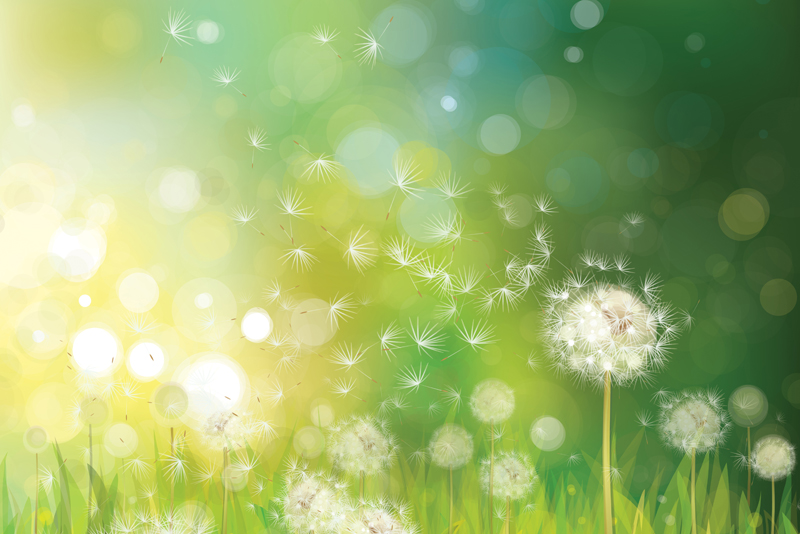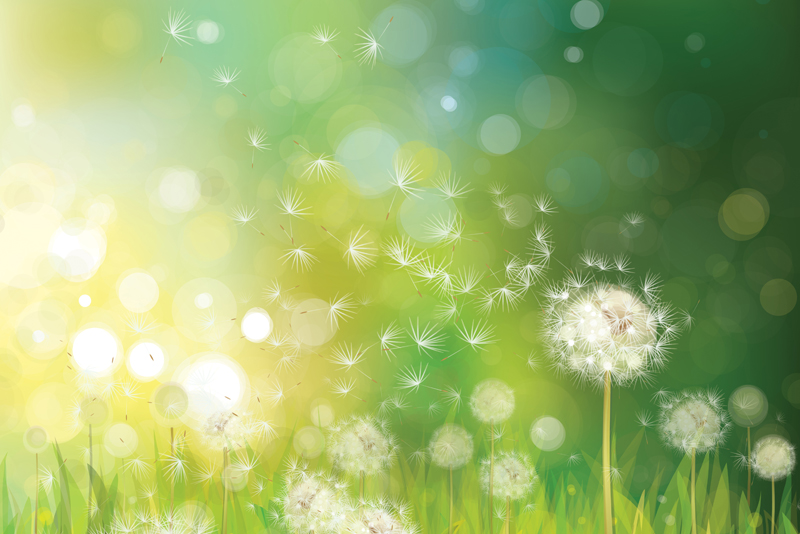Christmas tree allergy

Are you sneezing around your Christmas tree instead of rocking around it? Then, you may have Christmas tree allergy, a common problem during the holiday season.
As soon as Christmas decorations go up, the number of people visiting doctors’ offices for allergy or asthma symptoms increases, according to the American Academy of Allergy, Asthma and Immunology (AAAAI). The symptoms may be caused by real evergreen Christmas trees, wreaths or other holiday greenery, although artificial decorations can stir up allergies too.
Mold is most often the cause of symptoms with holiday greenery, although some individuals are allergic to evergreens. Trees, cut and stored in October, have mold from being out in the rain. Since they are grown outside, Christmas trees may have been fertilized, sprayed with pesticides or contaminated with pollen from other trees. Sometimes trees are sprayed with chemicals to freshen them up.
If you have your heart set on the real thing, plan on washing your tree with water to remove mold or pollens to minimize the problem. After washing, shake the tree and let it dry out for a week or so before bringing it indoors. Repeat the same procedure with wreaths and other greenery. If you’re lucky, the retailer where you purchase your tree may have a shaking machine to help get rid of mold.
An artificial tree may be a better option for those with allergies but cleaning still is required to prevent allergy problems. Trees and decorations, packed away for a year, can be dusty and moldy. Hose down your artificial tree, if possible, and allow it to dry completely. Wash fabric decorations, such as tree skirts, in soap and water, and dust all other decorations before putting them up.
The holiday season has other potential hazards for allergy and asthma sufferers. Strong scents from candles or potpourri, or fireplace smoke may trigger difficulties. If visiting someone else’s home, take along your medication as a precaution.
If you have food allergies, be wary of eating homemade goodies and other foods at holiday parties or get-togethers. Your best bet might be to bring “safe” food you can eat and share with others.
As soon as Christmas decorations go up, the number of people visiting doctors’ offices for allergy or asthma symptoms increases, according to the American Academy of Allergy, Asthma and Immunology (AAAAI). The symptoms may be caused by real evergreen Christmas trees, wreaths or other holiday greenery, although artificial decorations can stir up allergies too.
Mold is most often the cause of symptoms with holiday greenery, although some individuals are allergic to evergreens. Trees, cut and stored in October, have mold from being out in the rain. Since they are grown outside, Christmas trees may have been fertilized, sprayed with pesticides or contaminated with pollen from other trees. Sometimes trees are sprayed with chemicals to freshen them up.
If you have your heart set on the real thing, plan on washing your tree with water to remove mold or pollens to minimize the problem. After washing, shake the tree and let it dry out for a week or so before bringing it indoors. Repeat the same procedure with wreaths and other greenery. If you’re lucky, the retailer where you purchase your tree may have a shaking machine to help get rid of mold.
An artificial tree may be a better option for those with allergies but cleaning still is required to prevent allergy problems. Trees and decorations, packed away for a year, can be dusty and moldy. Hose down your artificial tree, if possible, and allow it to dry completely. Wash fabric decorations, such as tree skirts, in soap and water, and dust all other decorations before putting them up.
The holiday season has other potential hazards for allergy and asthma sufferers. Strong scents from candles or potpourri, or fireplace smoke may trigger difficulties. If visiting someone else’s home, take along your medication as a precaution.
If you have food allergies, be wary of eating homemade goodies and other foods at holiday parties or get-togethers. Your best bet might be to bring “safe” food you can eat and share with others.

Related Articles
Editor's Picks Articles
Top Ten Articles
Previous Features
Site Map
Content copyright © 2023 by Sheree Welshimer. All rights reserved.
This content was written by Sheree Welshimer. If you wish to use this content in any manner, you need written permission. Contact Sheree Welshimer for details.



